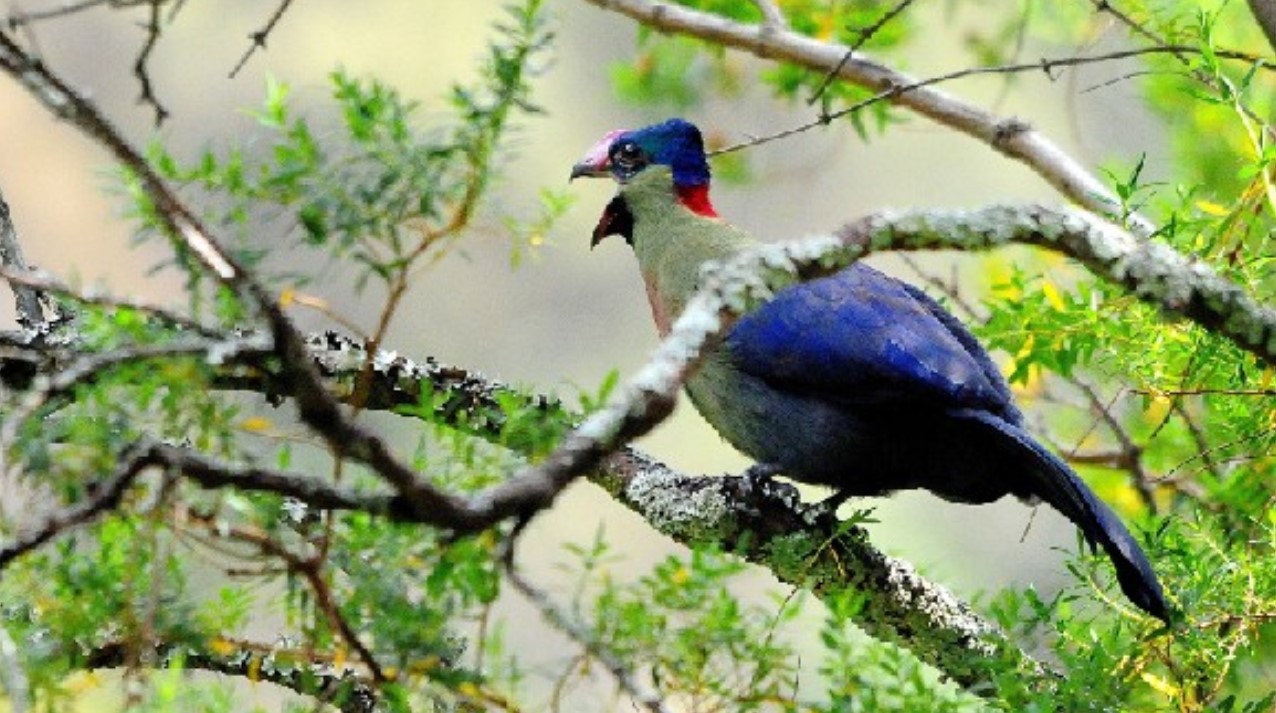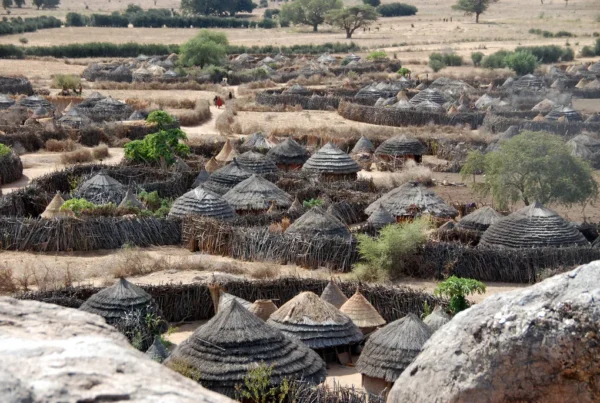Lake Mburo National Park Birdwatching Hotspot: What Not to Miss to Add to Your Bucket List
Discovering Uganda’s Birdwatching Haven
In the heart of southwestern Uganda lies a treasure often overlooked by travelers rushing toward larger parks. Lake Mburo National Park, though smaller in size, is a sanctuary of extraordinary biodiversity and a paradise for those who live for the thrill of birdwatching. For anyone curating a bucket list of experiences that combine serenity, wildlife, and the subtle elegance of avian life, this park stands as a destination not to be missed.
It is here that the charm of open savannahs merges with the calm of papyrus-fringed lakes and rolling acacia woodlands. For the passionate birder, Lake Mburo unfolds as an endless canvas, painted with over 350 bird species whose calls and colors bring life to every corner. Yet beyond mere numbers, the park’s uniqueness lies in the intimacy of the experience—encounters with rare species set against tranquil backdrops, where every sighting feels personal and unforgettable.
Location and Accessibility of Lake Mburo National Park
The Gateway Between Kampala and Western Uganda
Situated approximately 240 kilometers from Kampala, Lake Mburo National Park serves as both a standalone destination and a gateway to Uganda’s western wonders. The park is easily accessible by road, with journeys taking four to five hours from the capital. This accessibility makes it an ideal stopover for travelers heading toward Bwindi Impenetrable or Queen Elizabeth National Park, while still offering enough depth to merit an extended stay.
For birdwatchers, this convenience means that Lake Mburo is often the first or last chapter of an ornithological journey through Uganda. Its location also makes it one of the most approachable birding destinations for travelers who may not wish to commit to longer and more demanding safaris. By the time the rolling hills and lakeshores come into view, anticipation builds for the spectacle that awaits.
A Landscape Designed for Birdlife
Diversity of Habitats
Lake Mburo’s charm lies in its diverse habitats compressed into a relatively small area. The central lake, fringed by papyrus and wetlands, attracts water birds and waders, while surrounding savannahs host open-country species. The park’s acacia woodlands, rocky outcrops, and pockets of forest create further ecological niches, ensuring that birders encounter a wide range of species without long journeys between habitats.
This mosaic of ecosystems allows for sightings of both common and rare birds within the same day. The experience becomes not just one of passive observation but of immersion in the rhythm of the park’s varied landscapes. Each habitat offers its own soundtrack, from the chatter of weaver colonies near the lakeshore to the melodic cries of turacos deep within wooded areas.
Birding Highlights Not to Miss
The Iconic African Finfoot
Among the park’s most sought-after residents is the elusive African finfoot, a secretive water bird rarely spotted elsewhere in East Africa. Lake Mburo is one of the best places to encounter this species, often glimpsed along the shaded edges of the lake as it paddles gracefully between roots and reeds. For many birders, this alone places the park firmly on their bucket list.
The Elegant Shoebill and Papyrus Dwellers
Though associated more with swampy regions further north, the shoebill stork occasionally graces the papyrus swamps of Lake Mburo, offering birders a chance to witness one of Africa’s most iconic species in a unique setting. Alongside it, papyrus gonoleks and white-winged warblers thrive, their vibrant colors and distinctive calls enriching the lakeside experience.
Savanna and Woodland Specialties
The open savannahs of Lake Mburo provide opportunities for sightings of bare-faced go-away birds, red-headed weavers, and crested francolins, while the acacia woodlands echo with the calls of green wood-hoopoes and long-tailed starlings. Raptors such as bateleurs and African fish eagles patrol the skies, offering dramatic moments as they soar above the lake or descend upon their prey.
Each encounter feels more than observational; it is a chance to witness the delicate interplay between species and habitat, a dance of survival that defines the park’s ecological richness.
Birdwatching Experiences Within the Park
Boat Safaris on Lake Mburo
Perhaps the most rewarding way to explore the park’s avian wealth is by boat. Gliding across the still waters of Lake Mburo, birdwatchers are positioned within the very habitats where many of the park’s rarities dwell. African fish eagles call from treetops, pied kingfishers hover and dive with precision, while cormorants spread their wings to dry in the sun. The vantage point of the water not only allows for close encounters but also for tranquil reflections, making it an experience of both discovery and serenity.
Walking Safaris and Intimate Encounters
Unlike many Ugandan parks, Lake Mburo permits guided walking safaris, offering birders a chance to approach quietly and observe species without the barrier of a vehicle. Walking through grasslands and woodland paths allows for sightings of ground dwellers like lapwings and francolins, as well as opportunities to spot smaller passerines that might otherwise go unnoticed. For birders, this intimacy with the environment deepens the experience, transforming it from mere observation into participation.
Night Drives and Nocturnal Species
For those who seek the thrill of after-dark adventures, night drives within the park reveal a different chapter of birdlife. The calls of nightjars and the haunting presence of owls fill the air, offering a perspective rarely experienced in daylight birding. This element of nocturnal exploration adds yet another layer to Lake Mburo’s diverse offerings, ensuring that the park appeals to birdwatchers with varied interests and passions.
Best Time to Visit for Birdwatching
Seasons of Abundance
Birding in Lake Mburo thrives year-round, though the wet seasons of March to May and October to November bring an added vibrancy. During these months, migratory species join resident populations, swelling the diversity and activity across the park. Trails may be more challenging, yet the rewards for birders are unmatched, with a kaleidoscope of species on full display.
The dry seasons, from June to September and December to February, are equally rewarding, offering clearer conditions, easier access to habitats, and predictable movements of water birds as they concentrate around shrinking water sources. The choice of season depends on personal preference, yet it remains certain that every visit to Lake Mburo offers memorable sightings.
Lake Mburo National Park is not defined by its size but by its ability to deliver unforgettable birdwatching encounters within a landscape of stunning beauty. It is a place where the elusive African finfoot glides silently, where papyrus swamps echo with rare songs, and where open savannahs frame dramatic avian displays. For any traveler with a passion for birds, it is not just a destination but an essential entry on a life-long bucket list.
What sets Lake Mburo apart is its intimacy. Here, birdwatching does not demand vast distances or prolonged treks but instead rewards with concentrated diversity and experiences that feel deeply personal. To stand by the lakeshore at dawn, listening to the first calls of the day, is to connect not only with nature but also with oneself, in a way that few other parks can offer.
Book Your African Safari Adventure
For those who wish to transform this vision into reality, expert planning ensures that every moment at Lake Mburo National Park and beyond becomes seamless and unforgettable. To experience the finest birdwatching opportunities with comfort and guidance, it is recommended to book your Africa tours and safaris through WildHorn Africa, where each journey is crafted to turn travel dreams into lifelong memories.





 WildHorn Africa – Authentic and unforgettable tours across Africa, guided by local experts who know the land, wildlife, and culture best.
WildHorn Africa – Authentic and unforgettable tours across Africa, guided by local experts who know the land, wildlife, and culture best.


